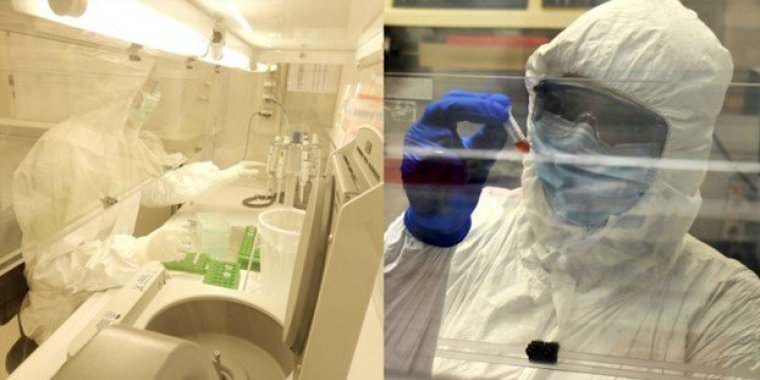| Health / Health News |
Ancient DNA confirms marine mammal tuberculosis strains were found in inland people
Tuberculosis is the second most common cause of death worldwide by an infectious pathogen; COVID-19 is the first. However, many aspects of TB's long history remain controversial.

Ancient DNA shows that tuberculosis likely spread far into inland regions of South America. Photo: Left image/Elizabeth Nelson; Right image/Sarah Johnson
Scientists studying ancient TB genomes are assembling pieces of this complex evolutionary puzzle. Their work suggests that not only does TB in the Americas predate the arrival of European settlers, but that early TB variants traveled long distances on land.
A study confirmed previous findings that the emergence of TB in Peru likely came from marine mammals such as seals and sea lions.
The researchers also discovered TB in the skeletons of people who lived nowhere near the coast some 400 to 1,000 years ago.
The results indicate that the infections were not the result of direct transmission from seals, but were caused by one or more spillover events -- when a pathogen moves from one species to another.
The team, co-led by Tanvi Honap of the University of Oklahoma and Åshild Vågene of the University of Copenhagen, recovered three ancient and previously unknown TB genomes.
"The three new cases of pre-contact-era South American TB are from human remains that came from inland archaeological sites, two of which are in the highlands of the Colombian Andes," Honap said.
"The three ancient TB genomes resemble Mycobacterium pinnipedii -- the same TB variant found in the ancient coastal Peruvian individuals and in modern-day seals and sea lions."
The team used archaeological evidence and stable isotope data to show that the inland individuals did not have contact with marine mammals. Thus, the TB transmission was most likely from the bacterium "jumping" to other species.
"M. pinnipedii could have been brought inland via animal life," Honap said. "Or in a more likely scenario, it could have been brought inland via human-to-human transmission facilitated by trade routes, or a combination of both."
Anne Stone, one of the study's contributors and a specialist in the evolutionary history of TB, sees the findings as an opportunity for deeper exploration into the ecology of the disease in the Americas before the colonial period.
"It's an exciting time in ancient DNA research. We can now look at genome-level differences in these ancient pathogens and track their movements across continents and beyond." (National Science Foundation)
YOU MAY ALSO LIKE





